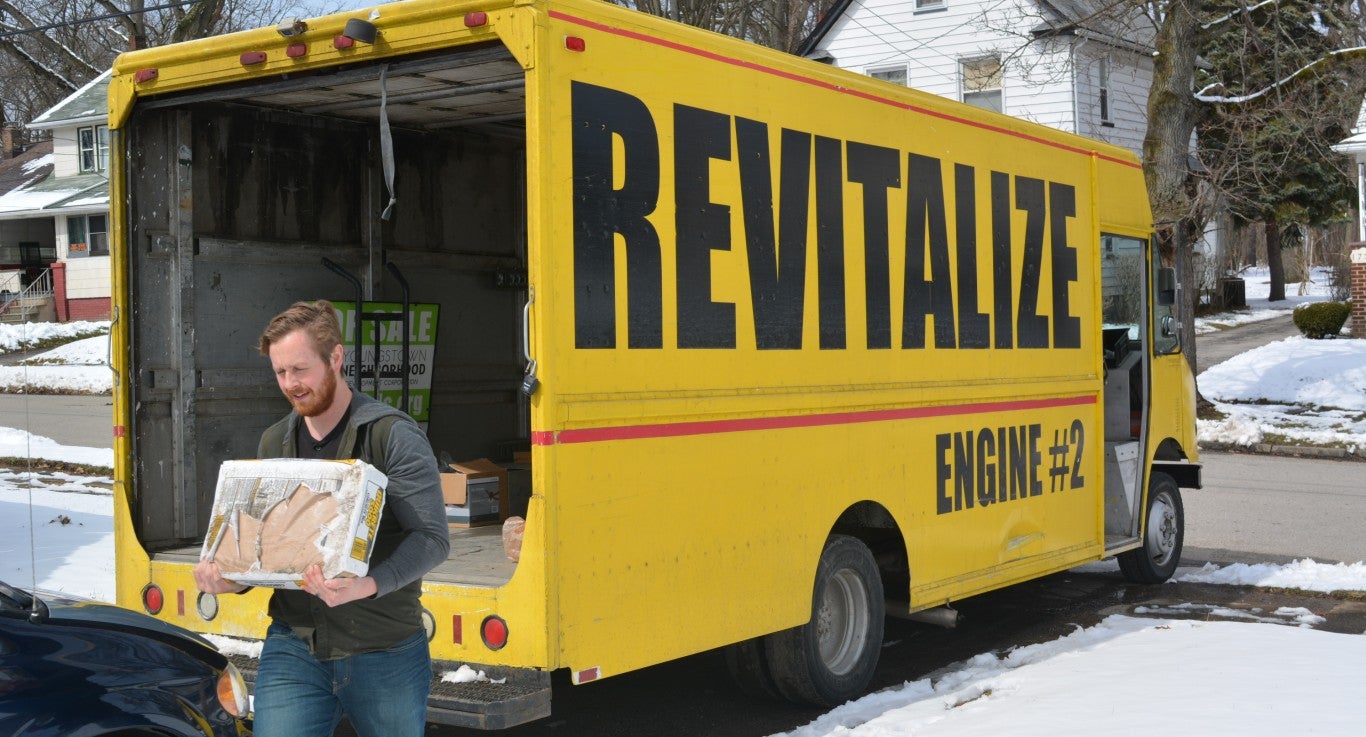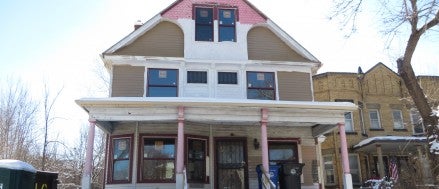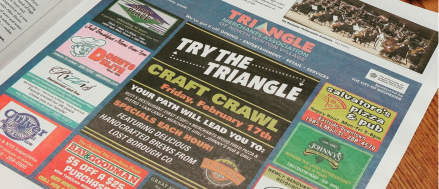Pairing basic landscaping and site improvements with maintenance services for the creation of public open spaces on otherwise vacant lots
Neighborhood Action Planning
Eleven neighborhoods in Youngstown, Ohio
- Grew organization’s annual budget to $4.6 million, with $750,000 dedicated to neighborhood planning and organizing program expenses
- Awarded up to $125,000 by the city of Youngstown
- Received substantive initial and operating support from the Raymond John Wean foundation, totaling up to $550,000 annually
- Won grants from the city of Youngstown for owner-occupied repair programs
- Earned additional revenue from the sale and rental of renovated homes
- Developed an annual income stream from 30 foundations, public grants, earned income, and real estate development
- Raised over $2 million for the city through fundraising and grant writing
Select Models Goals
- Reestablish delivery of basic public service to make neighborhoods safe and attractive for current residents and catalyze reinvestment
- Reduce vacancy and expand housing quality by renovating vacant structures for sale and rent, supporting homeowners with critical repairs, educating homeowners on how to successfully manage household finances and make maintenance decisions, and expanding wealth through housing counseling and limited new construction
- Revitalize neighborhood commercial corridors and increase the supply of other community amenities such as active and passive green spaces
- Build capacity to bring about change at the neighborhood level
- Neighborhood Action Planning methodology takes a highly detailed, market-informed approach to comprehensive planning and redevelopment at a neighborhood scale. Major elements of the approach include the formal Neighborhood Action Plan, Neighborhood Action Teams, a program to manage vacant land and greening projects, and a home renovation program. Complementary programs include housing counseling, a program to support minor repairs by owner-occupants, a flexible mortgage product, commercial corridor efforts, and community-wide volunteer events.
- The formal Neighborhood Action Plans are developed in collaboration with the City of Youngstown. Building on the success of the methodology in the Idora neighborhood, the program has expanded to eleven additional neighborhoods across the city, with an intentional focus on middle neighborhoods at risk of further decline.
- Neighborhood Action Teams were developed to build local capacity to implement the plans, establish priority projects within neighborhoods, promote mutual accountability, and provide up-to-date data on changing neighborhood conditions. Teams also plan volunteer workdays, apply for grant funding, and seek sponsorship for neighborhood activities. They meet at least quarterly and include YNDC and city staff, ward council members, and representatives of neighborhood associations.
- In 2014, YNDC began to renovate and sell modestly priced market-rate housing within neighborhood action plan areas without public subsidy. YNDC has been able to keep renovation costs between $20,000 to $60,000 by retaining only a small staff of licensed trade crews, which are supported by AmeriCorps volunteers. Volunteers from the community clear debris, paint, and perform other basic, time-intensive tasks.
- On occasion, YNDC has also built new homes to preserve density within a Neighborhood Action Plan area.
Like many smaller legacy cities, the City of Youngstown faces extreme constraints on its revenue and public capacity. Building on the success of the Youngstown 2010 plan, YNDC was formed through a partnership between the City of Youngstown and the Raymond John Wean Foundation. It was established as a community development corporation with the purpose of increasing capacity for neighborhood planning and development. Its unusually strong relationship with the city was built in from the outset.
YNDC is also notable for its approach to renovating houses in Youngstown’s middle neighborhoods without government subsidy. The approach recognizes that a focus solely on developing the least expensive housing would be inappropriate for the market conditions of its middle neighborhoods, which contain some of the oldest physical housing stock in the state.
YNDC has partnered with the Mahoning County Land Bank on a number of initiatives in support of the Land Bank’s mission to reactivate and repurpose land and prevent foreclosure. Specific renovation projects are selected from the Mahoning County Land Bank’s inventory based upon a careful analysis of market data indicating when the costs of updating kitchens, bathrooms, or mechanical systems can be recouped in the sale price.
Strong data collection, management, and analysis undergird the Neighborhood Action Plans and the prioritization of projects by the Neighborhood Action Teams. YDNC also provides transparency around outcomes among all stakeholders, from residents to national philanthropies. The organization collects and analyzes data frequently enough to indicate when a newly vacant and tax-delinquent home should be prioritized for tax foreclosure and rehab. It can also indicate if an owner-occupant is in need of repair support, or when to coordinate with the city for enforcement when a landlord fails to meet codes.
Seeking an efficient solution to manage vacant land that would complement its work on owner-occupied properties, YDNC created a vacant land and greening program in the model of the Pennsylvania Horticultural Society’s Philadelphia LandCare program. After vacant properties are demolished by the land bank, YNDC manages the grading of the lot, planting of trees and grass, and installation of split rail fencing.
Strategies Utilized
A technical assistance and low-interest financing program that helps homeowners improve and maintain the physical and economic value of older homes
Promotional and branding program to strengthen the housing market in the Triangle neighborhood of North Winton Village, a target middle neighborhood in Rochester



